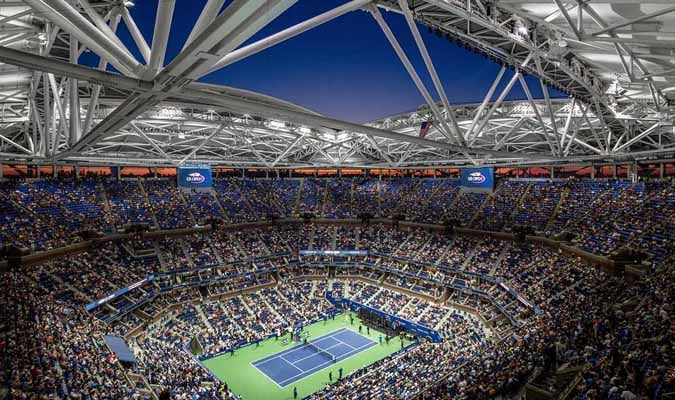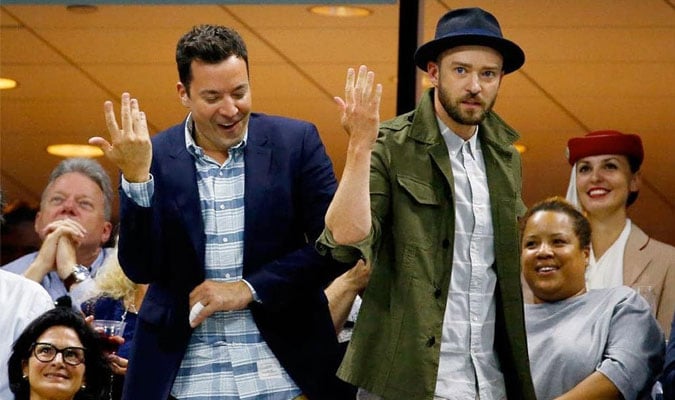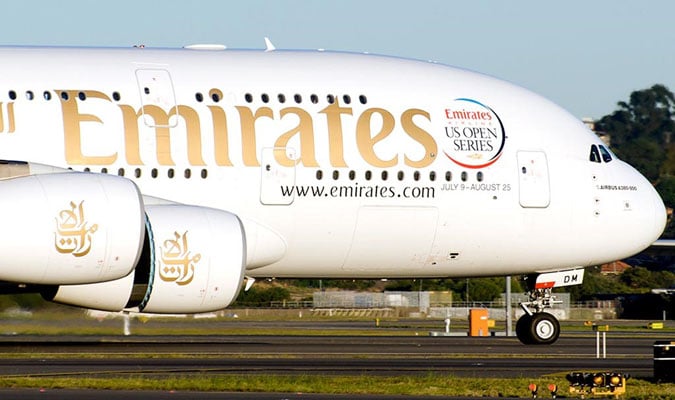Search the latest and greatest job opportunities in sport

We analyse the keys that have made the US Tennis Open the event with the biggest audience attendance in the world and how the organization of a first-class sporting event comes to fruition, with Deepak Trivedi, a consultant in strategic management and a collaborator of the United States Tennis Association.
The US Tennis Open is one of the best sporting events on the planet. It has the highest audience attendance in the world of all competitions that are played at a single event. The last Grand Slam of the season brings together the best tennis players in the world and its organization has also been, for many years, an example of everything that a great first-class sporting event should be. On and off the court.
The pressure to make the US Open a top event is huge because 80% of the revenues generated during the competition are reinvested in tennis programs throughout the country, at both professional and amateur levels. The higher the revenue, the greater the capacity to invest in the development of the sport in the United States. Here’s how the USTA promote the US Tennis Open brand to attract the attention of fans, sponsors and other stakeholders in a tireless and professional manner.
The Brand Image
The US Open is unique for many reasons, but they all revolve around its brand image. “The French Open, or Roland Garros, for example, is associated with the sophistication of French brands such as Chanel, Lacoste, Perrier. At Wimbledon, its whole image revolves around history and tradition; it is the only tournament in which players are required to wear white, to maintain a neat image on a freshly watered grass court, and there are very few logos around the court that distract attention. And the US Open is impregnated with the personality of New York; it’s about getting attention, and the more the better”, explains Deepak. “So we do not try to replicate what the other Grand Slams do, but give the US Open the unique atmosphere that you find when you visit New York. It’s easier to sell New York than to sell only tennis. You offer a big show—the central Arthur Ashe Stadium, the largest tennis court in the world with capacity for 24,000 spectators; morning and evening sessions, with matches that can be extended until the early hours of the morning; and a diversity of seats to choose, from a seat worth $70-80 to the $5,000 or $10,000 that it costs to rent the boxes or the hospitality suites. For the US Open, all spectators are important, regardless of what they spend on their entrance tickets, but the way we communicate with them is different”.

US Open and Celebrities: A ‘Win-Win’ Relationship
The relationship between celebrities and the US Open is ‘win-win’. Both feed off their power of attraction and enjoy the experience: the tournament, through appearing in music, fashion and other magazines; and celebrities, through letting themselves be seen and promoting their latest works with their mere presence in the boxes of the Arthur Ashe Stadium. “We have a special department that looks after the celebrities who visit the President’s Box. It’s publicity for them and for the tournament”.

The Relationship With Mercedes, Ralph Lauren And Emirates
The relationship with the sponsors and their exposure at the tournament also differentiates the US Open from the other Grand Slams. “We know that the public that attends the US Open is 50% men and 50% women and, in a cosmopolitan city like New York, that gives our sponsors a great relevance and radius of action”, explains Deepak. Mercedes-Benz is the car supplier of the US Open. Their campaign is not limited to displaying their logo in promotional material of the tournament, but to filling the city with their best models. “Mercedes knows that it will not sell cars at the tournament, but it will have an impact on those customers who believe they share the same values as the brand. Everyone who enters Flushing Meadows sees the latest model of the brand; in the streets of New York you can admire their vehicles and at the entrance of the 5-star hotels in Manhattan where the players stay, etc. Two basic aspects should be taken into account when we talk about sponsorship and sport, more than 65% of global sponsorship goes to sport and agreements are usually long-term. So you have to make sure that in that agreement you meet all the requirements that will make that brand want to associate with your event for five years or more. And that’s very important because Mercedes compared sales in the New York area between the months of October and January (the three months after the tournament) before its sponsorship, with those during five years of sponsorship of the US Open and, thanks to those results, they have kept their commitment to us”.

“Ralph Lauren has the exclusivity as a clothing supplier, so that all tournament officials and ball boys and girls wear their brand, the players receive clothes in their rooms and Ralph Lauren has access to the entire US Open database”.
Recently, Emirates replaced US Airlines as the official airline of the tournament, one more step in the airline’s sponsorship strategy. “It was very interesting to see how we could activate that sponsorship because Emirates is not an American company. Emirates gives priority to quality and comfort whatever your seat is in the cabin, and at the same time believes in a top-quality service, brand values that it shares with the US Open. So we proposed to set up some ‘suites’ in the style of airport lounges where customers could get to know Emirates destinations, their culture and their standards of service. Knowing and responding to what is important for a sponsor helps you make a proposal tailored to their needs”.
Read Part 2 here which focuses on delivering Audience Engagement at the US Tennis Open.
This article was originally published by our academic partner Johan Cruyff Institute . You can read the original article here .
Search the latest and greatest job opportunities in sport
In the world of professional sports, sponsorship represents a significant source of revenue and plays a vital role for t...
Read moreThe sports industry is a vibrant and multifaceted industry, made up of a diverse range of sectors that shape its global ...
Read morePablo Romero, director of protocol at Sevilla FC and lecturer in the UCAM Master's Degree in Sports Management, shares t...
Read more